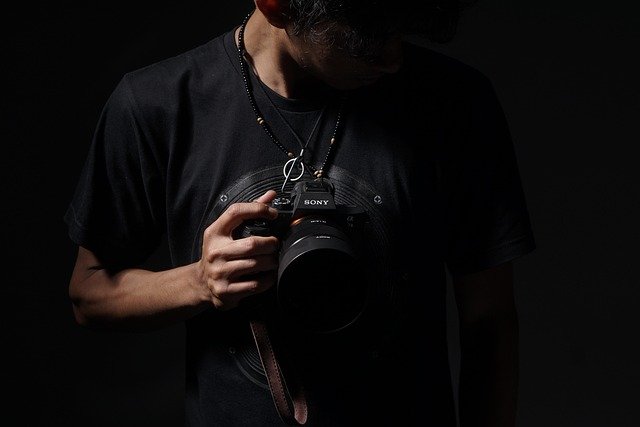The Resurgence of Analog Photography in the Digital Age
In an era dominated by digital technology, a surprising trend has emerged in the world of photography. Analog photography, once thought to be obsolete, is experiencing a remarkable revival. This resurgence has captivated both seasoned professionals and young enthusiasts, sparking a renewed interest in the tactile and deliberate process of film photography. As we delve into this phenomenon, we explore the reasons behind its popularity, the impact on the industry, and the unique aesthetic it brings to modern visual storytelling.

A Return to Craftsmanship
The resurgence of analog photography has reignited an appreciation for the craft of image-making. Unlike digital photography, which allows for instant results and unlimited attempts, film requires careful consideration of each shot. This deliberate approach forces photographers to slow down, think critically about composition, and truly engage with their subjects and surroundings.
The Tangible Experience
In a world increasingly dominated by digital experiences, the tangibility of film photography holds a special appeal. The process of loading film, adjusting manual settings, and developing negatives provides a hands-on experience that many find deeply satisfying. This physical interaction with the medium creates a stronger connection between the photographer and their work.
A New Generation Discovers Film
Surprisingly, it’s not just nostalgic veterans driving the analog revival. A new generation of photographers, raised in the digital age, is discovering the joys of film for the first time. For these young enthusiasts, analog photography offers a novel way to express creativity and stand out in a sea of digital content on social media platforms.
The Influence on Digital Photography
The resurgence of analog techniques has had a significant impact on digital photography as well. Many digital photographers now emulate the look of film through presets and editing techniques, seeking to capture the warmth and character associated with analog images. This trend has blurred the lines between digital and analog aesthetics, creating a new hybrid approach to photography.
The Role of Social Media
Paradoxically, social media platforms have played a crucial role in the revival of analog photography. Instagram, in particular, has become a hub for film enthusiasts to share their work, connect with like-minded individuals, and discover vintage equipment. The platform’s square format and filters, initially designed to mimic the look of instant film, have further fueled interest in authentic analog processes.
The Environmental Consideration
As environmental concerns grow, some photographers are turning to film as a more sustainable option. While digital photography relies on constantly upgrading electronic devices, film cameras can last for decades. Additionally, the deliberate nature of film photography often results in fewer, more thoughtful images, potentially reducing the environmental impact of data storage and digital waste.
Challenges and Adaptations
Despite its growing popularity, analog photography faces challenges in a digital world. Film manufacturers have had to adapt, with some reviving discontinued film stocks to meet demand. Meanwhile, labs specializing in film development have seen a resurgence, often combining traditional techniques with modern scanning technology to bridge the gap between analog capture and digital delivery.
The Future of Analog in a Digital World
As we look to the future, it’s clear that analog photography has secured its place alongside digital in the modern photographic landscape. Rather than competing, the two mediums are increasingly seen as complementary, each offering unique strengths and creative possibilities. This coexistence suggests a rich and diverse future for photography, where tradition and innovation continue to inspire and challenge one another.




